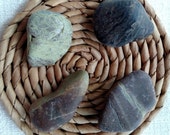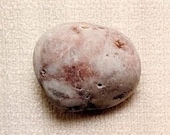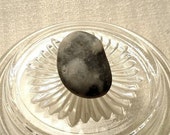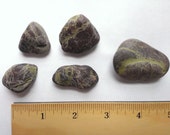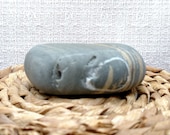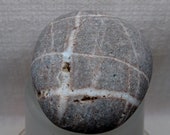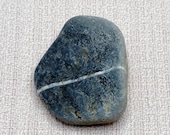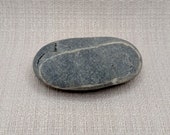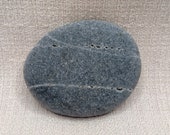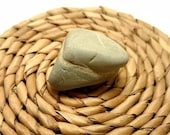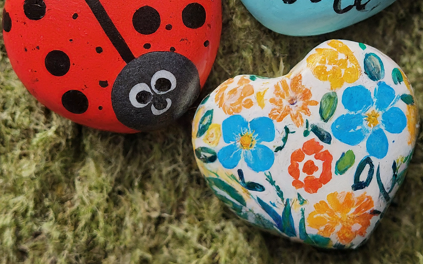Heart Stones vs. Regular Stones
Ah, the beach, where every stone tells a story. But among the pebbles and rocks, there’s a special category that often steals the spotlight — heart-shaped stones. Let’s take a journey and explore the fascinating distinctions between these romantic gems and their more conventional counterparts.

Nature’s Sculptures
Picture this: you’re strolling along the shore, waves lapping at your feet, and you spot a heart-shaped stone nestled among the ordinary ones. What makes it different? Why do some stones embrace this lovely form while others maintain a more standard appearance?
How Hearts Take Shape
One key difference lies in the geological ballet that unfolds over time. Regular stones, weathered by the ceaseless dance of waves, tend to maintain their original shapes. On the other hand, heart-shaped stones are nature’s sculptures, molded by a combination of distinct geological and environmental factors.
Environmental Influence on Shape
The formation of heart-shaped stones isn’t merely a geological tale; it’s also an environmental one. Factors like the type of rock, weathering processes, and the specific conditions of a beach contribute to these unique shapes.
Wave Action and Erosion: Nature’s Chisel
Regular stones undergo a consistent weathering process from the relentless ebb and flow of the tides. But heart-shaped stones are often born from rocks with a natural predisposition to fracture in a way that, over time, creates that coveted heart shape. The waves, acting as nature’s chisel, slowly carve and refine these hearts.
Geological Factors at Play
Beyond the artistic influence of the environment, geological factors play a role in shaping these stones. The type of rock, its mineral composition, and the presence of certain minerals all contribute. Some rocks are more prone to fracturing in patterns that, over time, result in heart shapes. It’s like a geological love story written in the Earth’s own language.
Coastal Beach Stones
Heart Stones: A Symphony of Colors
Another intriguing aspect is the color palette. Heart-shaped stones often exhibit a vibrant spectrum of hues, adding to their allure. This isn’t just random chance; it’s often tied to the minerals present in the rocks. The composition of minerals not only affects the color but also contributes to the durability of these stones against the erosive forces of the sea.
Romancing the Shoreline: Where to Find Heart Stones
While regular stones are scattered across the beach indiscriminately, heart-shaped stones often have their favorite nooks. Coastal areas with a mix of different rock types and ideal weathering conditions become the playgrounds where these heart stones form. So, if you’re on a quest to find them, head to diverse shorelines with a blend of rock varieties.
The Magic of Imperfections
Every heart-shaped stone is unique, and it’s in their imperfections that their magic lies. Regular stones might be polished and uniform, but heart stones, with their nooks and crannies, tell tales of their journey. Each nick and groove is a testament to the countless years of weathering and shaping.
Collecting Hearts: A Beachcomber’s Joy
For avid beachcombers and collectors, heart-shaped stones are like hidden treasures waiting to be discovered. The joy of finding a heart among the pebbles is a special thrill. Some even believe that these heart stones carry positive energy, making them not just geological wonders but also talismans of love and good vibes.
Wishing Rocks
Nature’s Love Notes
In the eternal tango between the sea and the shore, heart-shaped stones emerge as nature’s love notes. Their distinctiveness isn’t just a matter of chance; it’s a result of geological forces and environmental artistry. So, the next time you’re beachcombing and spot a heart-shaped stone, know that you’re holding a piece of nature’s poetry in your hand. 💖🌊

